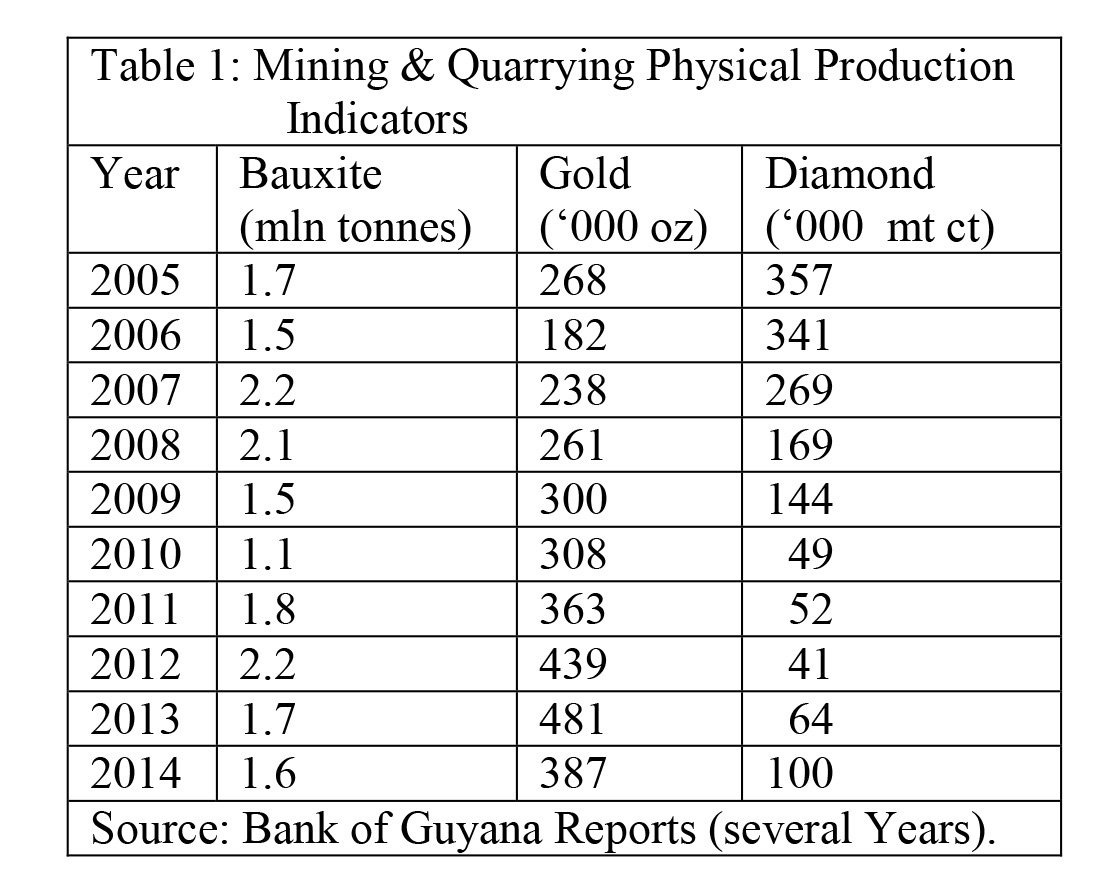In last week’s column I indicated the commencement of a new series aimed at addressing burning considerations surrounding Guyana in a time of oil/gas production and export. As a lead-in to this, I start with a brief survey of Guyana’s extractive sector, focusing on mining, quarrying, and forestry. Last week’s notion of the qualitative impact that oil/gas production and export would have on Guyana’s production possibilities was emphasized. And, to describe this notion carefully, I introduced the concept of potential output, which is an analytical device that will be employed in the discussion to come.
 On reflection, however, there are two other similarly basic, simple, but necessary notions, which should be introduced at the outset. Both are used extensively by NGOs and CSOs, reporting on Guyana’s sustainable development. One is the notion of Guyana’s output gap. This is the difference (expressed as a percentage of its potential GDP) between actual reported GDP and what it could be potentially, as defined in last week’s column, “what Guyana can produce when all its resources are properly applied and fully utilized”. While this sounds like an attractive definition, I must warn readers, there is little agreement among analysts that sustainable potential output for any economy can be satisfactorily established.
On reflection, however, there are two other similarly basic, simple, but necessary notions, which should be introduced at the outset. Both are used extensively by NGOs and CSOs, reporting on Guyana’s sustainable development. One is the notion of Guyana’s output gap. This is the difference (expressed as a percentage of its potential GDP) between actual reported GDP and what it could be potentially, as defined in last week’s column, “what Guyana can produce when all its resources are properly applied and fully utilized”. While this sounds like an attractive definition, I must warn readers, there is little agreement among analysts that sustainable potential output for any economy can be satisfactorily established.
The other notion is used by NGOs and CSOs as a substitute and/or supplement for GDP: total wealth. This notion, however, is equally imprecise and incapable of satisfactory measurement. Total wealth supposedly includes 1) Guyana’s natural resources; 2) its assets as applied when

